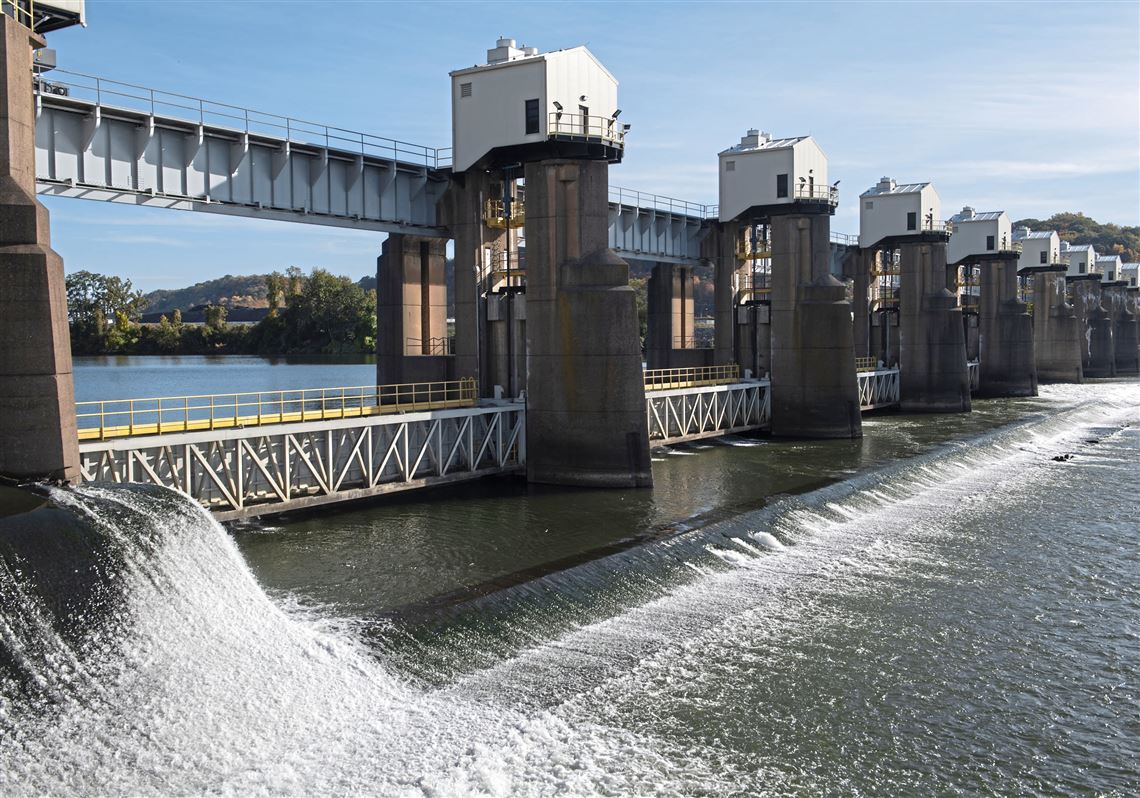QINGDAO ENNENG MOTOR CO.,LTD. |
|
Verified Suppliers
|
|
Small Size Low Maintenance Permanent Magnet Generator For Hydro Turbine
Product Drawing
Technical Parameter
Detailed Pictures

The permanent magnet generator is a device that converts mechanical energy to electrical energy. In this device, the rotor windings have been replaced with permanent magnets. Permanent magnet generators are used mostly in industrial applications like turbines and engines to produce commercial electrical energy, the permanent magnet alternator is an alternate source of energy and has multiple benefits which make it a great device for a variety of residential, commercial, and industrial applications.
The structure
The permanent magnet generator is mainly composed of a rotor, end cover, and stator. The structure of the stator is very similar to that of an ordinary alternator. The biggest difference between the structure of the rotor and the alternator is that there are high-quality According to the position of the permanent magnet on the rotor, the permanent magnet generator is usually divided into a surface rotor structure and a built-in rotor structure.

Working Principle
The permanent magnet generator uses the principle of electromagnetic induction in that the wire cuts the magnetic field line to induce an electric potential and converts the mechanical energy of the prime mover into electrical energy output. It consists of two parts, the stator, and the rotor. The stator is the armature that generates the electricity and the rotor is the magnetic pole. The stator is composed of an armature iron core, uniformly discharged three-phase winding, machine base, and end cover.
The rotor is usually a hidden pole type, which is composed of excitation winding, iron core and shaft, guard ring, center ring, and so on.
The excitation winding of the rotor is fed with DC current to generate a magnetic field close to the sinusoidal distribution (called the rotor magnetic field), and its effective excitation flux intersects with the stationary armature winding. When the rotor rotates, the rotor's magnetic field rotates together with it. Every time a revolution is made, the magnetic lines of force cut each phase winding of the stator in sequence, and a three-phase AC potential is induced in the three-phase stator winding.
When the pm generator is running with a symmetrical load, the three-phase armature current synthesizes to generate a rotating magnetic field with synchronous speed. The stator and rotor fields interact to generate braking torque. The mechanical torque input from the turbine overcomes the braking torque and works.

Features
① The generator has many poles, which improve the frequency and efficiency, saving the cost of rectifiers and inverters.
② Finite Element Analysis is used when designing the generator, compact structure. Low startup torque, solves the problem of small wind startup, improving wind energy utilization.
③ Leave out the gear increaser, improve the reliability and efficiency of the generator, and lower the amount of maintenance.
④ H class insulation, vacuum pressure impregnation.
⑤ Have many structures such as vertical axis, horizontal axis, internal rotor, external rotor, and plate type.
⑥ Strong rotors, the generator could achieve high speed.
⑦ Small size, lightweight, high energy density, suitable for special situations.
⑧ Run efficiency throughout the whole speed range, high efficiency.
⑨ Use imported high-speed oil-contained bearings, maintenance free, and high reliability.
How do permanent magnets work in wind turbines?
The operation of wind turbine generators is based on electromagnetic principles, usually following the first electromagnetic principle devised by Michael Faraday in 1831. When an electrical conductor rotates in a magnetic field, it generates electricity. When the blades of the turbine rotate in the direction of the wind, electromagnetic induction occurs within the magnetic field of the permanent magnets in the turbine to generate electricity. An electric generator connected to the shaft of the wind turbine converts the movement of the blades converted into electrical energy. However, instead of the slip rings used in electromagnets, the permanent magnets in wind turbines use the magnetic fields of strong rare-earth magnets.
The difference between electromagnet and permanent magnet:
Unlike electromagnets, permanent magnets do not require any external power source. The main difference between the use of electromagnets and permanent magnets in wind turbines is that electromagnets require slip rings to power the electromagnets, while permanent magnets do not. Likewise, gearboxes require ongoing maintenance, which adds significantly to costs.
The function of the gearbox is to convert the low speed of the turbine shaft to the higher speed required by the induction generator to generate electricity, but the gearbox causes friction and reduces performance. For example, by using neodymium magnets instead of electromagnets, we can increase the efficiency of turbines, reduce efficiency and reduce maintenance costs.
Today, engineers have developed more sophisticated electromagnetic generators that work in tandem with wind captured by wind turbines to generate electricity for local consumption in homes, schools, hospitals, commercial establishments and more. As of now, depending on the strength of the wind, a single wind turbine can generate up to 113GW of electricity, which can power about 250 to 300 houses.
By matching the power and speed of the generator to that of the wind turbine, the power system becomes more efficient. No gearboxes are needed, and the efficiency of the alternator exceeds 90%.

2. Variable speed generators provide a solution for Hydro Industry.
Increased efficiency from variable speed technology could make many more small hydro sites economically feasible to develop.
